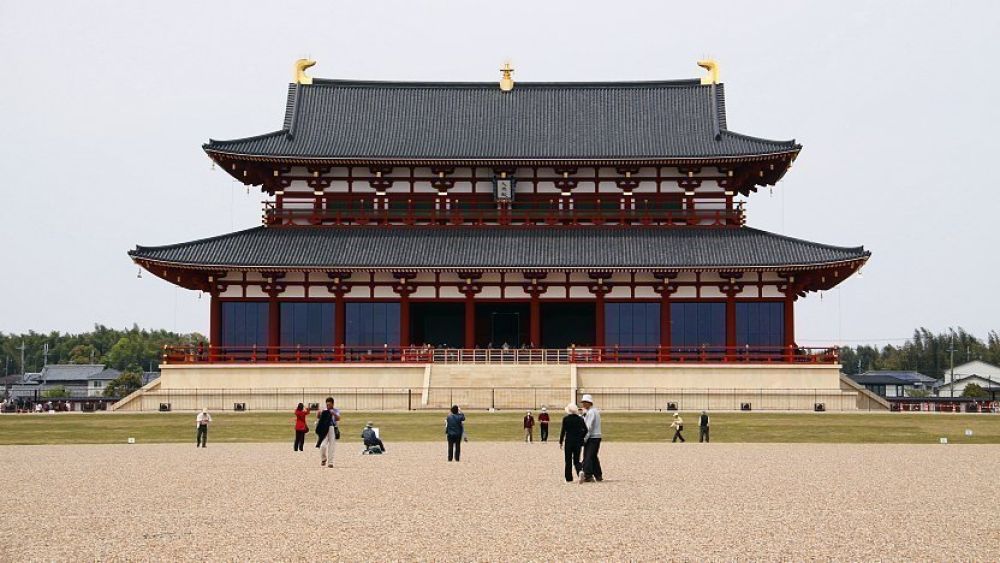

The Heijo Palace Site in Nara, with its origins tracing back to Japan's Nara period (710-794), was once the center of the Japanese capital. During this era, the Japanese imperial court was greatly influenced by Chinese culture, including its cuisine. Consequently, the food in ancient Nara reflected a blend of local agricultural produce and sophisticated Chinese cooking techniques. Royal banquets would have showcased elaborate dishes, with Buddhist vegetarian cuisine (shojin ryori) being prevalent due to the spread of Buddhism.
Rice cultivation was a significant aspect of Nara's agriculture and culture. Rice, along with other grains such as millet, was a staple food. Seasonal fruits, vegetables, and wild game (other than cattle as the killing of cows was prohibited in Buddhism) were also part of the local diet. Fermented soy products like miso and soy sauce began to be produced during this period, which greatly influenced Japanese food culture.